Apple variety Moscow winter
Moscow winter - late winter apple variety bred by Moscow State University. M.V. Lomonosov, obtained in 1963 through sowing hybrid seeds from Welsey and Antonovka ordinary. The authorship belongs to S.I. Isaev. Since 1977, the variety has been on the State test, since 2002 it has been zoned for the Central Region.
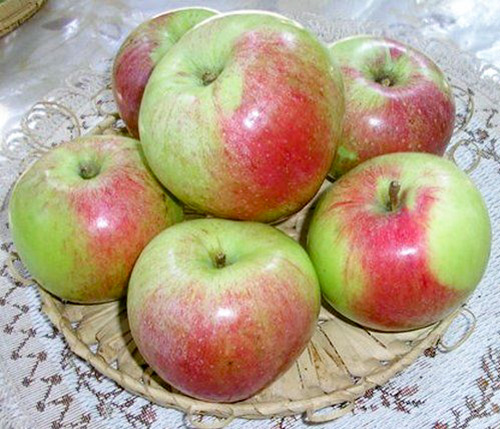
The trees are vigorous with a wide, rounded-spreading, dense, strongly leafy crown. The bark on the trunk is colored gray, on the horizontally located skeletal branches it is greenish-gray. The ringlets are characterized by an alternating arrangement. Fruiting is concentrated at the ends of last year's increments.
Shoots are long, medium in thickness, brown in color, fleecy, in cross section - rounded, internodes are short. Lentils of medium size, convex shape, are present on the branches in an average amount. Buds are cone-shaped, appressed, fleecy, their outer scales are greenish-brown. The leaves are large in size, with a leathery, wrinkled surface and crenate edges, the lower part of the leaf blade is significantly pubescent. Petioles are medium in length, fully colored. Stipules are lanceolate, round.
The fruits of the Moscow winter apple tree are large in size (apple mass usually ranges from 200 to 280 grams), with a smooth surface, one-dimensional, isosceles, regular flattened-rounded shape, with equal transverse diameters. The skin is smooth, covered with a waxy bloom. The main color of the fruit when picked is light green, but during storage the apples gradually acquire a greenish-yellow color. The cover color is well pronounced on a large part of the fruit through a blurred dark red blush with indistinct strokes. Subcutaneous points are small, yellowish, well-defined, often found on the skin of an apple. The stalks are very short in length, medium in thickness. The funnel is medium in depth, wide, with a slight rustiness at the stalk. The saucer is of medium depth, wide, with corrugation at the cup. Half-open cup. The sub-cup tube is short in length, wide-conical in shape. The axial cavity is small. Seed chambers are closed. Seeds are medium in size, dark brown in color, present in medium numbers.
The pulp is light green in color, medium-dense, fine-grained, very juicy, slightly aromatic and spicy, with a good sweet and sour taste. Tasting assessment of the taste of the variety - 4.3 points. By chemical composition, the fruits contain: the sum of sugars (on average 9.5%, the value of the indicator varies depending on the growth zone from 8.3% to 12.4%), titratable acids (on average 0.7%, the permissible range is 0.51% to 0.96%), tannins (on average 69 mg / 100 g, permissible range from 44 to 86 mg / 100 g), ascorbic acid (on average 21.2 mg / 100 g, permissible range from 13.1 to 26.3 mg / 100 g), P-active substances (on average 0.27 mg / 100 g, permissible range from 0.23 to 0.35 mg / 100 g), pectin substances (on average 8 , 7%, permissible range from 5.7% to 10.3%) on dry weight.
In terms of ripening and consumption, the Moscow winter apple tree belongs to the typical winter varieties. The period of removable fruit ripeness falls at the end of September - beginning of October. Keeping capacity is high: apples are stored until March, maximum - until April.
The early maturity level of this apple tree is low: the parent tree fruited in the 9th year after sowing the seeds; grafted seedlings begin to bear fruit from the 6th - 7th year, after which they quickly increase the yield. The variety is high-yielding: the average long-term yield in the Central Region is 134 c / ha (which is 37 c / ha higher than the control variety).Moscow winter is characterized by high winter hardiness and scab resistance.
The main advantages of this apple tree are: high commercial and consumer qualities of fruits (high keeping quality, high content of ascorbic acid, attractive appearance, large size, good taste), high yield, winter hardiness, and scab resistance.
The main disadvantage is the low early maturity of trees.
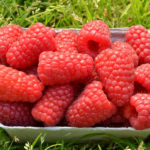
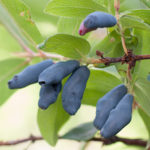
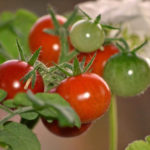
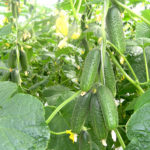
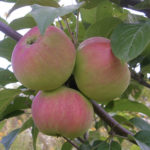
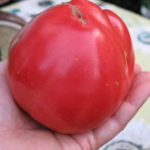



Inoculation in the crown of Shtrifel, fruited in the third year.